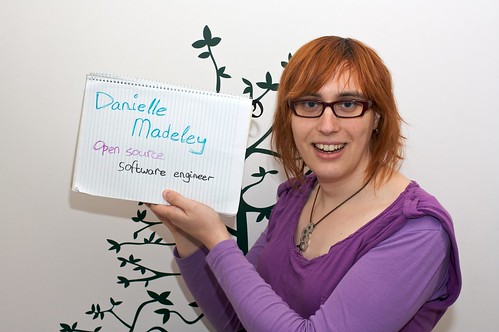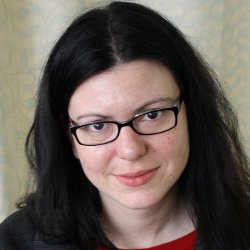The GOPW application period is coming to a close soon, and so potential interns are currently getting their initial contribution in to qualify.
Obviously the nicest way to submit your patch is as a commit, or series of commits using git, either via git bz or git format-patch (a branch is nice too, but submitting the patch in Bugzilla allows for inline review).
Of course, after your patch is correct, the maintainer is going to want to merge it into the tree, in which case you need to have a useful commit message. GNOME has some guidelines on commit messages, but here are the important dot points:
- the first line should be a short description, no more than 72 characters and does not end with a full stop;
- the next line should be empty space;
- following this is an optional longer description, this should be written in regular paragraphs with full sentence structure;
- finally if this patch fixes an open bug, there should be a link to the bug report, in a paragraph by itself.
Here are some good examples taken from Empathy:
Don't destroy MainWindow on delete-event, just hide it
This stops MainWindow being unreferenced, and prevents crashes caused by things which then try to use it.
Fixes: https://bugzilla.gnome.org/show_bug.cgi?id=659118
This one has a tag:
e-account-widget-jabber: Use GtkGrid instead of GtkTable
This works around bug #657621.
https://bugzilla.gnome.org/show_bug.cgi?id=646630
Here’s another way of doing a tag (preferred by some projects):
[contact-chooser] emit 'activate' on 'row-activated' as well
This means the selection can be activated when the treeview is focused.
Or a one-liner commit:
[contact-chooser] Move the selection up/down without defocusing the entry
Remember that your commit message is important. They tell other developers what’s changed. What a commit fixes, or does, or is meant to do, and occasionally, what it doesn’t do. Commit messages are often used by the maintainer to write the release notes. When things break, people come back looking through the code for what broke it (e.g. via a git bisect) so clear and useful commit messages are essential.




